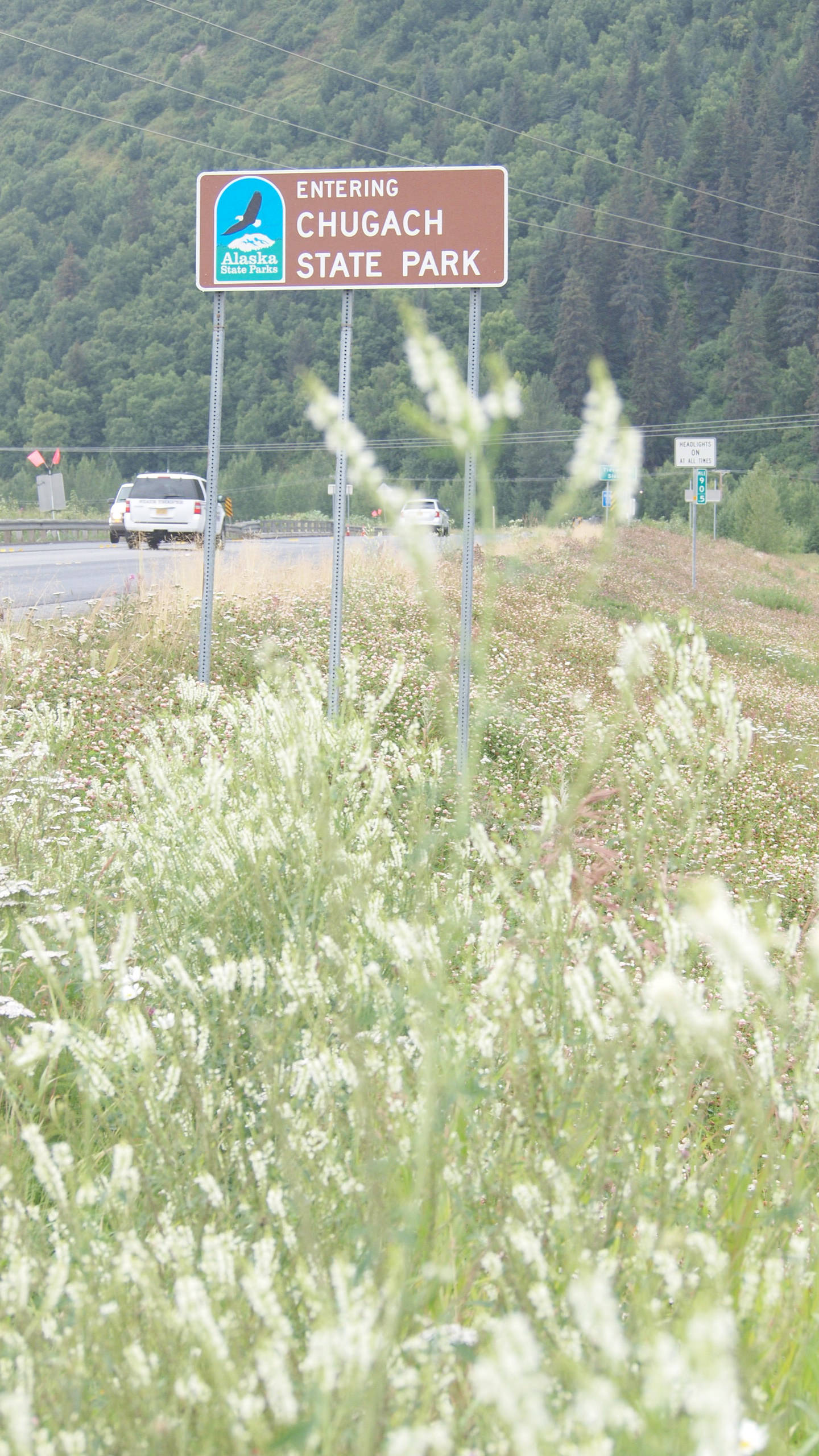Wow. In the Alaska Department of Fish and Game’s 2019-2020 hunting regulations, mule deer and white-tailed deer can now be harvested. These two nonnative species appear to be here to stay.
Mule deer are moving in from the Yukon Territory, recently seen near Skagway, Tok, Delta Junction and Fairbanks. White-tailed deer are probing our border with British Columbia, observed recently around Hyder and Haines.
It’s strange how sometimes we accept novel species without blinking. In this case, deer are expanding their distribution northward and westward as the climate warms, a response that some would describe as natural because it’s unassisted by humans, but others would say is unnatural because the climate is warming due to human activities.
Sometimes we deliberately introduce species. More than 30 species of big game, furbearer and game birds have been transplanted in Alaska by various agencies and organizations. Some of these are novel species such as Roosevelt elk from Washington State and plains bison from Montana.
Several forestry programs have deliberately introduced novel tree species to Alaska, of which the most widely dispersed are Siberian larch, lodgepole pine and Scotch pine.
A couple years ago, I informally inventoried exotic trees planted in urban areas on the Kenai Peninsula and recorded over 60 tree species including oaks, maples, ash, elms and even dawn redwood. In contrast, there are only 14 native tree species on the peninsula.
Sometimes we fight species. To date, $3.2 million has been spent combating elodea, the first freshwater invasive plant to establish in Alaska. Elodea was likely first introduced here when somebody decided to dump their aquarium into the nearest lake.
And consider that we spend a lot of money eradicating northern pike from the Kenai Peninsula, a species deliberately (and illegally) introduced from populations, presumably in the Yukon River drainage where it is native.
Yet the peninsula is also the recipient of ruffed grouse and Arctic grayling, two other species native to Alaska but not to the Kenai Peninsula.
Sometimes we try to prevent species from even arriving here. The Alaska Division of Agriculture lists 14 prohibited and restricted noxious terrestrial plants, and has banned the importation of elodea and three other aquatic invasive plants without a permit.
ADF&G prohibits felt sole boots for fishing to prevent introducing New Zealand mudsnails, Didymo (rock snot) and whirling disease. The U.S. Department of Agriculture requires travelers entering Alaska from a foreign country to declare fruit, vegetables, plants and plant products, meat and meat products, animals, birds and eggs.
An interesting twist is the deliberate introduction of a novel parasitoid wasp, collected in Alberta, as a biocontrol agent for ambermarked birch leafminer, which was accidentally introduced to Alaska from Europe in the 1990s, whereupon it started damaging our native birch.
What was thought to be Lathrolestes luteolator, the wasp which kills birch leafminer in Europe, was released right here in the Fred Meyer parking lot in 2007. The irony is that later that year, the species released turned out to be a different wasp, Lathrolestes thomsoni, a new (previously undescribed) species to science.
What a tangled web we weave!
If these distinctions between what is “bad” and what is “good” seem a bit arbitrary and a little confusing, I’d be the first to agree with you. We place value on salmon and big game so transplanted species that jeopardize these resources are generally suspect, but not always.
Consider that although deer may represent a new species to harvest, they are also a vector for new tick species, tick-borne diseases, and chronic wasting disease, all of which threaten moose in Alaska.
We sometimes deliberately introduce plants and animals that we like, even when we know they cause harm. How many European bird cherry trees grow in the Kenai-Soldotna area, although Anchorage banned their sale two years ago because cyanide in their bark kills moose?
Similarly, night crawlers are sold at local bait shops even though their invasion into the boreal forest will ultimately change the ecological system in ways more dramatic and permanent than fire or insects.
In a rapidly warming climate, we know most native species will move generally northward in latitude and upward in elevation.
However, species move at different rates based on their dispersal mechanisms, reproductive rates and topographic obstacles, which is what contributes to high extinction rates. Some conservationists have begun talking about facilitating these distributional shifts by translocating species to novel locations.
The problem is that nonnative species are moving, too, often much faster than native species because humans are generally the primary vector of the former. So even as we may wonder about the colonization of the Interior by mule deer or Southeast Alaska by fisher, there are now 598 nonnative species in Alaska.
Here on Kenai National Wildlife Refuge, we have documented 2,183 species, of which 5% are nonnative. Of these 105 nonnative species, 90% are of Eurasian origin.
Why does any of this matter? It means that as species “reassemble” in a changing climate, nonnative species, many of them from continents other than North America, are more readily available to be part of that new assemblage. It has literally altered the evolutionary potential of ecosystems to adapt in our new world.
It also creates tension between the disciplines of climate adaptation, very much in its infancy, and conventional invasive species management. I’m deeply involved in both professional communities and I recognize a need for better communication and sharing of ideas to find a middle ground.
When all is said and done, what’s the difference between a mule deer that walks into the state from Canada, an Amur maple sold by the 4-H in Soldotna but considered invasive in Minnesota, or lodgepole pine seedlings given away by the DNR for planting in the aftermath of a spruce bark beetle outbreak?
It is not simply an ecological decision, but one that has deep roots in societal values.
Dr. John Morton is the supervisory biologist at Kenai National Wildlife Refuge. Find more Refuge Notebook articles (1999–present) at https://www.fws.gov/refuge/Kenai/community/refuge_notebook.html.

